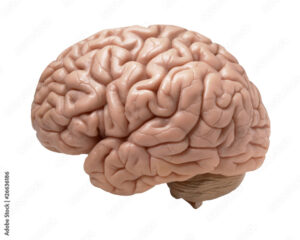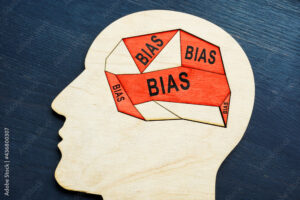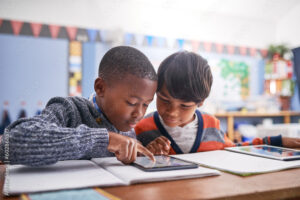Day 10 (June 9): Assigned Blogpost
The internet has a lot of crazy stuff on it. Fake news spread very quickly and children are exposed to it everyday. But how do we help kids learn discernment? Especially in the younger grades, like pre-k to grade 5.
We need to help kids develop critical thinking skills young. As Linda Jacobson mentioned in The smell test: Educators can counter fake news with information literacy. Here’s how. , kids already know how to start questioning. This habit can be molded into a strong critical thinking skill.
Its also important to make sure that our students are aware of the fact that biases play a big role into pretty much everything they will read. We tend to fall into confirmation bias, which to seeking out information that confirms what we already believe and ignoring what contradicts that. The Why Do People Fall For Fake News? article from Thompson Rivers University does a good job of explaining this concept. I would really like to incorporate lessons that encourage students to notice when stories seem like theyre coming from a certain angle to try and impact the reader to think one thing, over the other.
Finally, I really liked how the Lessons in Critical Thinking e-book by Peter Pappas talked about using these concepts for many different subjects. It inspired me to think of different assignments/activities to do in my class to encourage digital literacy!
Examples:
- Comparing headlines: take one event in the news and look at how various publications titles their headlines on it. Notice how different the emotions they evoke are! For example, this article and this article are both about the same event!
- Spotting the AI: show two images and ask students to point out which is real and which one is AI.
- Which story is fake?: read a story and ask students to decide if they think it is rea or made-up




